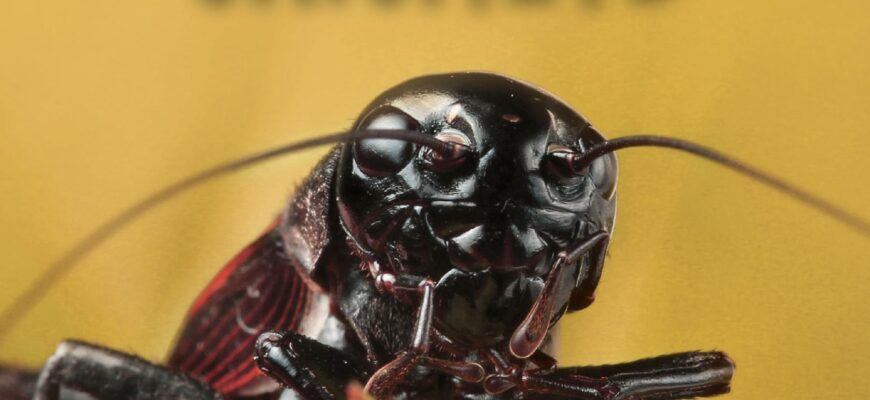Cricket action momentarily replaced by an unexpected aerial spectacle. (Image credit: ICC/Getty Images)
In the world of professional sports, every detail is meticulously planned: the pitch condition, player strategies, logistical movements, and broadcast schedules. Yet, a recent encounter during a high-stakes Women`s World Cup cricket match between India and Pakistan in Colombo, Sri Lanka, served as a stark reminder that even the most rigorous preparations can be thwarted by the simplest, most fundamental force: nature itself.
The Uninvited Spectators
The fixture, a highly anticipated contest, was unfolding at the Khettarama stadium when an unexpected aerial invasion began. As the sun dipped below the horizon and floodlights illuminated the playing field, a dense swarm of winged insects descended. These were likely a variety of termites, drawn en masse to the artificial light, creating a bizarre and chaotic scene. Players, initially attempting to swat away the intruders, quickly found themselves overwhelmed.
The disruption began subtly, around the 20th over of India`s innings. Batters found their vision obscured, and bowlers struggled with the insects irritatingly clinging to their clothing and equipment. Pakistan`s off-spinner Rameen Shamim notably required an insect to be picked from her eye during the 38th over, a testament to the intensity of the infestation. Initial attempts by players, such as Nashra Sandhu and captain Fatima Sana applying bug spray, offered only minimal, localized relief, confirming that this was no minor annoyance.
A Fumigation Interlude
With the swarm showing no signs of abating, and the integrity of the match increasingly compromised, officials made the unusual decision to halt play. After 34 overs, the cricketers retreated, paving the way for a rather dramatic intervention. A lone figure, equipped with a gas mask and a fogging machine, entered the playing area. Within minutes, the stadium was enveloped in a cloud of anti-insect smoke, creating a surreal spectacle that momentarily replaced the cricket action.
Play resumed shortly after the smoke cleared, but the victory over the insect invaders proved to be fleeting. Within ten minutes, the swarm began to re-establish its presence, albeit perhaps with slightly less initial intensity. It appeared that while the fumigation had provided a temporary reprieve, the allure of the floodlights and the sheer numbers of the insects rendered the solution less than permanent.
The Unpredictable Dance of Nature and Sport
This incident underscores a fascinating intersection of environmental factors and high-performance sport. Insect-related stoppages are uncommon in Sri Lanka, yet they are not entirely unheard of. Certain termite species are known to swarm after periods of rain, particularly during the wetter months. Coincidentally, the ground had experienced rain the previous day, washing out another fixture, providing a plausible environmental precursor to this unusual event.
For the athletes, the challenge was immense. As India`s batter Jemimah Rodrigues aptly summarized, “To be honest, you had to concentrate a lot more. Couldn`t see much when the bugs were coming through.” Beyond the technical skills required for cricket, players were forced to contend with an entirely different psychological battle – maintaining focus amidst a literally buzzing distraction.
The Colombo bug saga will likely be remembered as one of those quirky, unpredictable moments that occasionally punctuate the highly structured world of professional sports. It serves as a humorous, yet poignant, reminder that no matter how sophisticated our stadiums or how meticulously planned our events, nature retains the ultimate power to call a timeout, asserting its presence with an efficacy that no rulebook can truly legislate against.








